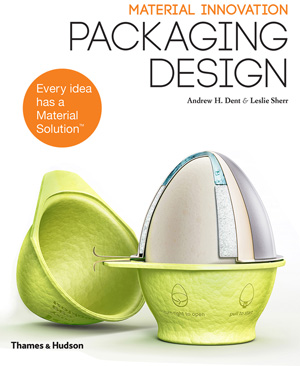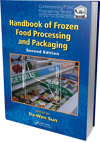PCT Engineered Systems celebrates its 10-year anniversary as the manufacturer of the BroadBeamTM line of electron beam (EB) systems.
By 2003 PCT had been in business for nearly two decades, enjoying a successful and growing automation system integration practice. In the fall of that year, the company purchased the BroadBeam technology from one of their key clients, adding a fascinating and radically different facet to their portfolio of products and services. “We knew there was great potential in both EB technology and the BroadBeam line of products,” notes PCT Director of Sales and Marketing Karl Swanson.
EB technology is used most often in manufacturing to cure inks and coatings or add strength to plastic films. An EB system operates by generating a cloud of electrons, and then propelling them onto a moving web surface, effectively altering the molecular composition of the inks, coatings or plastic films being treated. Inks and coatings dry instantly (called curing); and the plastic film physical properties are altered (called crosslinking) during this process.
Ongoing enhancements in EB system technology, lower system costs, smaller-sized equipment, and the increased availability of EB-curable inks, coatings and adhesives have all contributed to growth in the use of the technology. These and other perceived benefits among potential EB users have not only allowed EB technology to evolve into a viable option for a wide range of industries like package converting and pressure sensitive adhesive (PSA) manufacturing, it has begun to elicit opportunities for EB introduction into new applications, like sterilization, metal coil coating and digital (inkjet) printing. The demand for a very green and environmentally friendly technology is also driving growth in EB technology.
“Over the past ten years, PCT has led a charge to raise all levels of EB performance,” notes PCT’s president, Terry Thompson. “PCT’s obsession to improve EB system technologies has helped position BroadBeam as the premier EB system globally in quality, performance and reliability.”
Specific PCT innovations over the past ten years include a patented integrated shield roll design, in which a temperature controlled roll supports material as it moves through the curing process while simultaneously providing necessary safety shielding.
“We haven’t seen the end of EB technology evolution,” Thompson concludes. “Forward-thinking companies from a wide range of industries continue to discover benefits and efficiencies from EB technology that were unimagined when we started this journey ten years ago – and PCT intends to continue providing these organizations with the most high quality, efficient, powerful EB systems possible.”
PCT Engineered Systems
(563) 285-7411






